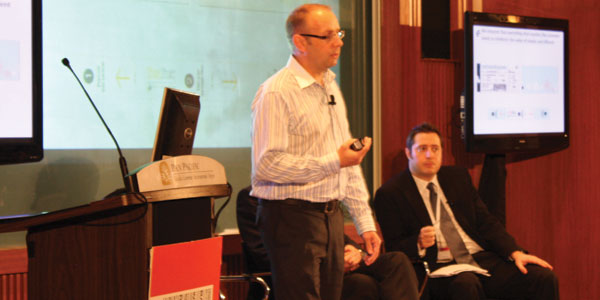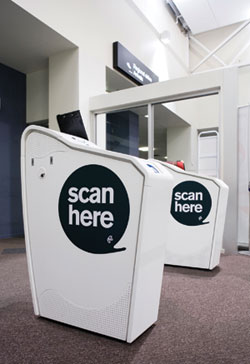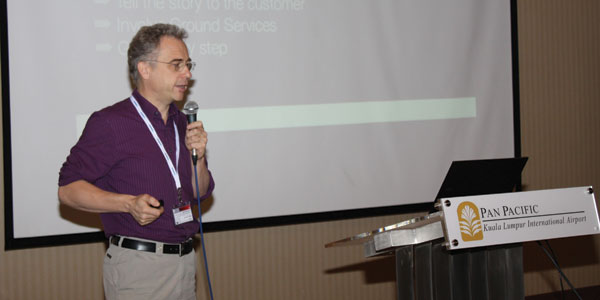
“If you can select your seat in advance and you don’t have any baggage to drop off, you shouldn’t be subjected to the check-in process”
– Todd Grace, Strategy Manager – Airports, Air New Zealand
According to IATA, in 2004 80% of passengers checked-in at airport counters, 15% utilised kiosks, while off-airport practices – such as web – accounted for the remaining 5%. However, by 2012, it is anticipated that just 20% of passengers will check-in at the desk, 30% will use self-service kiosks, and 50% will check-in before arriving at the airport.
What these figures fail to highlight, though, is that in the not-too-distant future, check-in could become an altogether redundant process.
Air New Zealand is among a growing number of airlines that have taken steps to simplify passenger processing by effectively eradicating the check-in process.

Todd Grace, Strategy Manager – Airports, Air New Zealand, said: “Passengers only need to use check-in facilities if they need to select a seat or drop a bag off. So, we thought if you can select your seat in advance and you don’t have any baggage to drop off, you shouldn’t be subjected to the check-in process.”
This thinking has led to the airline allowing domestic passengers to skip the check-in process by selecting their seat and receiving their boarding pass at the booking stage.
This concept is far from unique to Air New Zealand. Among other airlines that have already implemented similar practices are SAS Scandinavian Airlines, which gives passengers the opportunity to check-in via SMS, and Jetstar, which offers Automatic Web-Check for domestic passengers within Australia. Japanese carrier All Nippon Airways (ANA) has also introduced its ‘Skip’ concept, which allows domestic passengers to bypass check-in.
Value added check-in
Air France KLM has also introduced automated check-in on selected flights that are booked via the airline’s online portal. “You can book, buy and choose your seat online and then you automatically receive your boarding pass 30 hours before your departure time via push message or email,” explained Matthias Koch, Director Marketing R&D Ground Services, Air France KLM.
Approximately 15% of all passengers who book their flights via the airline’s website already automatically receive their boarding pass and while this service is currently available on all short and medium-haul flights, Koch added that it is to be implemented more widely and “we aim to extend it to the entire network by summer 2011”.
Coupled with the continued development of mobile technologies – particularly the introduction of mobile boarding passes – the introduction of automated boarding is increasing the possibility of the check-in process eventually becoming surplus to requirements altogether.

Koch said: “In the past we used check-in for identification at the airport, showing the ticket, generating and handing over the boarding pass, tagging the luggage and dropping it into the baggage handling system. All these steps happened at the same moment and at the same location, the airport check-in counter. The traditional check-in process does not create any value for the customer and they just want to get their seat assigned and board.”
Due to the radically changing nature of the process, the time has come, he said, for “the term ‘check-in’ to be redefined”.






